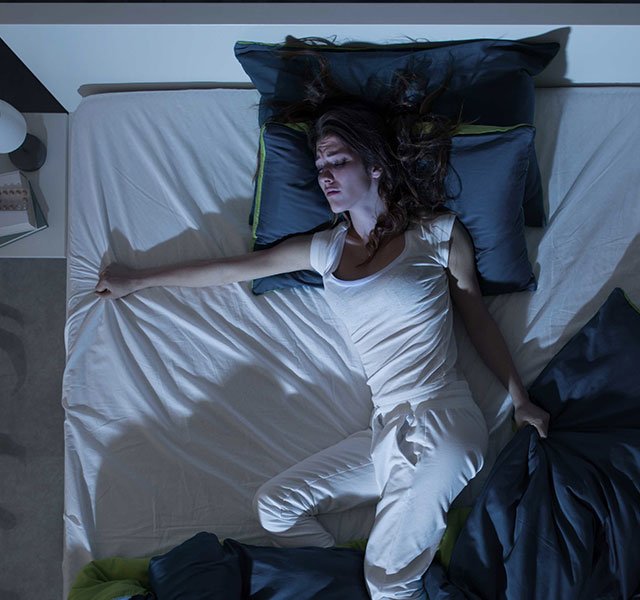Rush University Medical Center researchers have found that you can train teenagers to sleep more by trying bright light therapy and teaching them strong time organization skills.
Teenagers find it hard to sleep at night because of biological changes
Teenagers require eight to ten hours of sleep per night for optimal health. Yet, ironically, kids typically find it relatively easy to remain up late because of the manner the teen brain develops. As a result, adolescents frequently endure sleep deprivation, daily weariness, and fluctuations in mood and concentration. This is made worse by the inconvenience of a new school year putting sleeping patterns completely out of sync.
RUSH director of Pediatric Chronobiology and Sleep Research Program Stephanie Crowley said that teenagers undergo several changes. Among the top changes during puberty are sleep biology changes. Crowley adds that it is simpler for a teen to remain awake late into the night because of changes in the part of the brain that is responsible for controlling sleep. Among the systems that control sleep is the circadian clock, whose routine will be altered.
Research shows teenagers usually deal with two competing forces when trying to sleep. On one side, there is the obligation that requires them to go to bed; on the other, the biological system naturally wants them to stay up late.
Researchers investigated the role of bright light therapy in resetting the circadian clock
Because of the conflicting relationship, researchers sought to investigate it by focusing on the circadian system through various behavioural measures. Ultimately, the researchers wanted to investigate ways of helping teenagers stick to a sleep routine.
Participants underwent bright light therapy during two weekend mornings for 2½ hours. Bright light therapy is a circadian rhythm sleep disorders treatment which involves staying some distance from bright white light. Interestingly, the patient doesn’t need to look directly at the light but only has to face the general direction of light. The rationale is the therapy is to reset the person’s circadian clock and help them wake early and sleep earlier.




